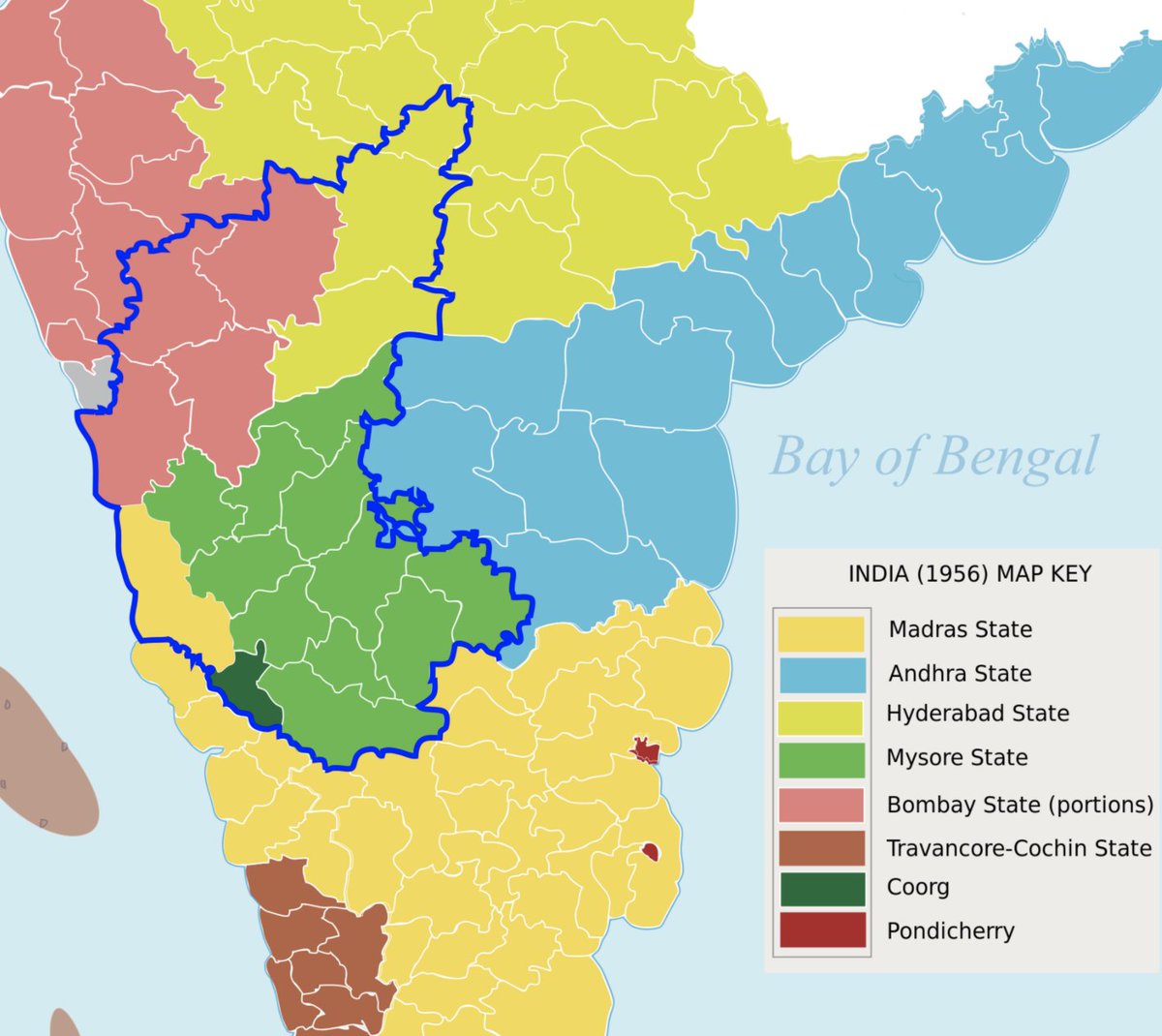
This may come as a surprise to some, but India was granted Dominion status on this day in 1947. It was not fully independent.
Dominion meant that India was independent within the commonwealth. But the British King was still the head.
Dominion meant that India was independent within the commonwealth. But the British King was still the head.
The first cabinet (and that includes Nehru and Patel among others) was sworn in, not because they won an election, but at the pleasure of the King.
We know the Governor General was Mountbatten.
The army was headed by a Britisher, Roy Bucher, before Cariappa succeeded him.
We know the Governor General was Mountbatten.
The army was headed by a Britisher, Roy Bucher, before Cariappa succeeded him.
It was on 20th Feb 1947 that then British Prime Minister, Atlee, spoke about granting independence to India. Freedom was to be granted no later than 30 June 1948.
Mountbatten took over as Viceroy of India on the next day 21st Feb.
Mountbatten took over as Viceroy of India on the next day 21st Feb.
Mountbatten was charged with working out the details of Indian Independence. Mountbatten soon seems to have realised that India was far from having a constitution of its own.
With growing unrest, he figured it is best to grant dominion status to India/Pakistan, while the countries figured out its constitution.
Mountbatten proposed this plan on 3rd June 1947, and it became an act on 18th July 1947.
Mountbatten proposed this plan on 3rd June 1947, and it became an act on 18th July 1947.

Apparently the other dominions (Canada/Australia/New Zealand/South Africa) objected to India being placed as an "equal" in this category! Why? Well, for obvious reasons.
In any case, Mountbatten decided "Shubhasya Sheeghram" and created these two independent domains on 15th August 1947.
Why on this day? Why not? Also because Mountbatten remembered that the Japanese had surrendered on 15th Aug 1945 (the formal surrender happened on 2nd Sep).
Why on this day? Why not? Also because Mountbatten remembered that the Japanese had surrendered on 15th Aug 1945 (the formal surrender happened on 2nd Sep).
So strangely, Japan had something to do with the choice of our Independence day. Had they surrendered on 18th, we probably would have had our Independence day on 18th! This in turn depended on when US bombed Japan.
The irony.
The irony.
It took us a few more years to write our constitution and then to severe ties with the British on Jan 26, 1950. On this day we asserted full Sovereignty.
Pakistan continued to be a dominion until 1956.
Pakistan continued to be a dominion until 1956.
On independence day, India did not look like what now.
As you can see from the map, the north and south was not even connected. There were way too many princely states in between; but primarily the Rajputana and Hyderabad. And of course Kashmir.
As you can see from the map, the north and south was not even connected. There were way too many princely states in between; but primarily the Rajputana and Hyderabad. And of course Kashmir.

A few years back, I had done a thread on the Indian states and their reorganisation. Here is the link.
https://twitter.com/ainvvy/status/1029607244667674624
Luckily, between 1947 and 1950, transition from the British happened smoothly. So we got Cariappa to head the army in 1948, Rajaji succeeded Mountbatten the same year etc. In hindsight, these things worked out well.
A huge cost that come with partition were the communal riots. Congress agreed to the partition as late as 15th June 1947 (after the Mountbatten plan was submitted). The British "vanished" and the new countries were unprepared to deal with order at this scale. It was horror.
Nehru was 58 when he took over as PM. Churchill, Atlee, and Nehru died within a few years of each other in the mid 60s.
Gandhi and Jinnah and Patel did not live long after 1947. These three would have shaped their new countries differently had they lived for a few more years.
Gandhi and Jinnah and Patel did not live long after 1947. These three would have shaped their new countries differently had they lived for a few more years.
The first elections were held in India in 1951. And we have had regular elections ever since. This must surely be India's greatest triumph. 

The constitution is important because it limits the power of the government while conferring rights to its people.
The original idea goes back to the Magna Carta, reinforced by the French Revolution, and by the US constitution.
The original idea goes back to the Magna Carta, reinforced by the French Revolution, and by the US constitution.
For us to be independent, it means preserving this limits on the government. It also means government can't rewrite the constitution because "times have changed."
Many of us don't realise this, but one way to limit the powers of government is to make it "inefficient."
Ultra efficient governments will tend to be undemocratic and will eventually become too sensitive to noise.
Mull over this, when you have the time.
Ultra efficient governments will tend to be undemocratic and will eventually become too sensitive to noise.
Mull over this, when you have the time.
On a personal note, I remember writing an essay in my school on the 25th year of Indian Independence. And today I witness the 75th.
Happy Independence Day!
Happy Independence Day!
• • •
Missing some Tweet in this thread? You can try to
force a refresh








